Tuesday, 23 April 2024
Menu
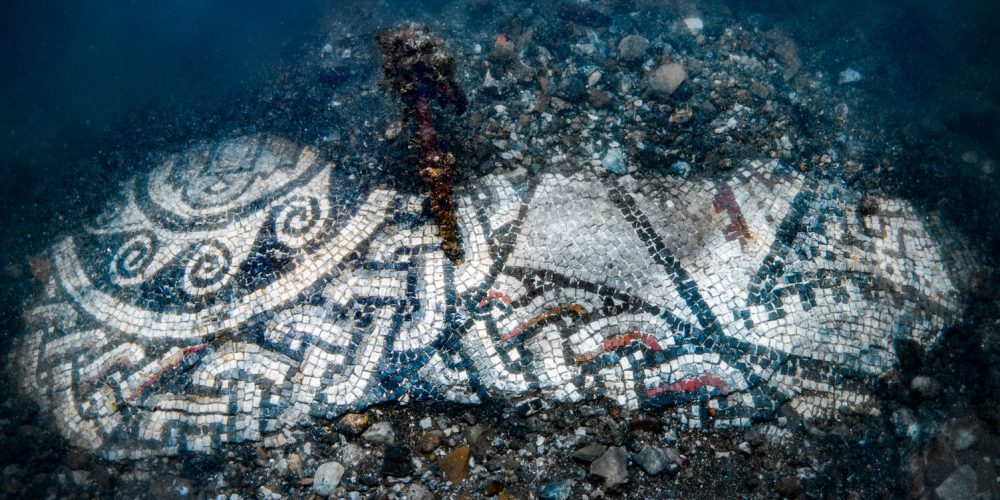
This remarkable mosaic features intricate braided blue lines, showcasing the immaculate Roman talent. The superintendent of the Phlegraean Site, Adele Campanelli, has announced that these mosaics can be accessed by visitors through snorkeling or scuba diving.
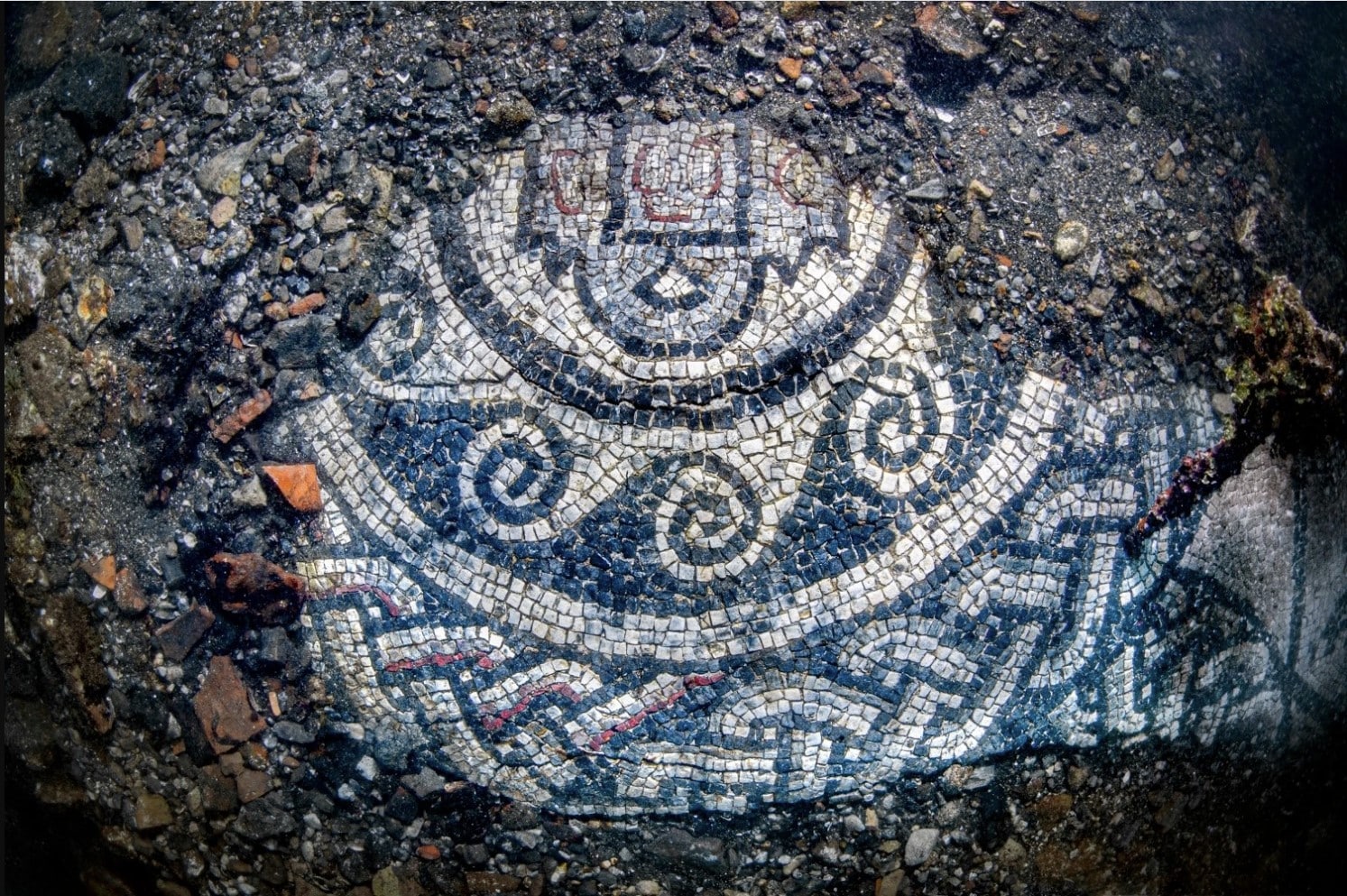
The first Roman mosaic, dating back to the 4th century A.D., depicts two warriors clearly portrayed with black and white blocks. On the other hand, the second mosaic, estimated to be from the 1st century B.C., showcases a mesmerizing array of kaleidoscopic motifs. The discovery of these two mosaics sheds light on the historical period during which the town flourished.
Located in the resort village of Bacoli, the area was renowned for its hedonistic lifestyle during the Roman Period. The archaeological park encompasses a range of fascinating ruins submerged underwater, including thermal baths, a Nymphaeum, villas, and the main commercial Roman Harbour Portus Julius.
The Phlegraean Fields were shaped by two significant eruptions. The first eruption, known as the Campanian Ignimbrite, occurred approximately 39,000 years ago. This eruption caused extensive geological collapses, giving rise to the distinctive morphology observed in the fields today. The eruption comprised a combination of effusive and phreatomagmatic events. The second eruption, called the Neapolitan Yellow Tuff, took place around 15,000 years ago. As a result of these eruptions, a caldera volcano formed to the west of Vesuvius. A caldera refers to a collapse at the summit of the volcano, resulting in the creation of a large crater.
The seismic activity associated with these eruptions caused significant deformations in the landscape, with the land rising and falling. Despite these geological changes, the release of hydrothermal fluids during this process attracted the Romans in the 2nd century B.C., leading them to build a leisure town centered around thermal baths.
However, the volcanic activity in the area affected the ruins of the town. The land was forced downwards due to the phenomenon known as bradyseism, which involves vertical movements of the Earth’s crust. As a result, the city became submerged underwater. This subsidence also caused the bay to sink, leading to its current underwater state.
In the 19th century, there was a growing interest among the locals regarding the possibility of ancient relics buried under the sea. As various objects were being retrieved, curiosity sparked. However, it was not until the 1920s, when Benito Mussolini took an interest in the area, that a more extensive investigation was conducted. Mussolini ordered the draining of the site in order to expose potential artefacts.
It was during the 1940s that an Italian air force pilot named Raimondo Baucher, while flying at low altitude, made a remarkable discovery. He observed clear marble columns, walls, and intricate pavements in an area known as Portus Julius, a significant ancient port during the Roman Period. Raimondo described the scene as a “strange ghost town” and noted that the water was only about a metre and a half deep, allowing the structures to be clearly visible beneath it.
The region of Baiae was once a prominent spa destination for the Romans, renowned for its hot water springs which was believed to hold healing properties. It attracts visits from the most prestigious Romans, some of whom owned villas and private rooms in the area. Prominent figures such as Julius Caesar, Pompey the Great, Augustus, and several Roman emperors frequented Baiae and had their own stake in the town’s infrastructure. Over time, Baiae transformed into a place where individuals would indulge their wealth, engage in extravagant affairs, and party incessantly. It became a hub of nobility, where aristocrats would flaunt their riches.
In conclusion, the submergence of the town of Baiae has given rise to an exclusive underwater archaeological site that can be accessed through scuba diving or snorkelling. These imperial ruins provide a glimpse into the luxurious lifestyle of Roman nobility until the town’s abandonment in the 6th century A.D. Recognising its cultural and historical significance, the Archaeological Marine Park of Baia was established in 2002 to oversee the management and preservation of this unique site.
The park encompasses eight underwater sites, with depths ranging from 5 to 13 metres, offering diverse opportunities for visitors. Covering a vast area of 176 hectares on the seabed, the park caters to various interests. However, it is important to note that visiting the park requires coordination with a registered dive centre that holds a permit to access the site. These authorized centres ensure a regulated and responsible exploration of the park’s underwater wonders.

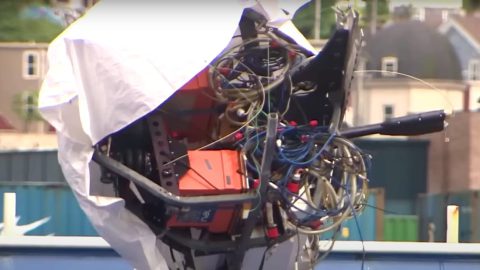


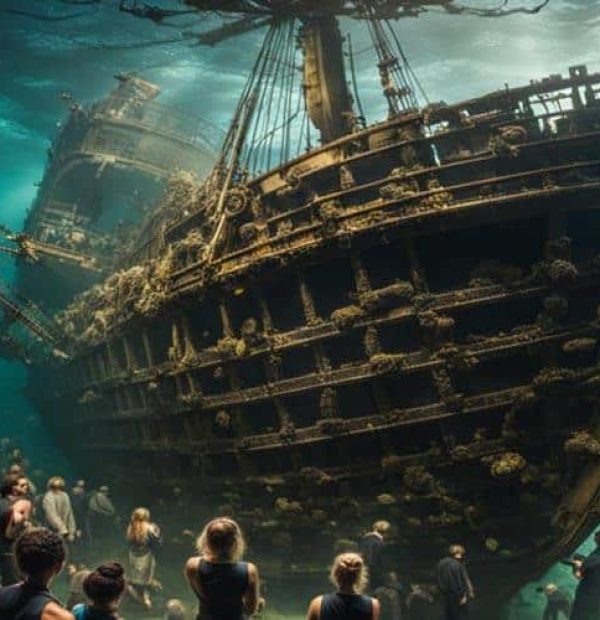


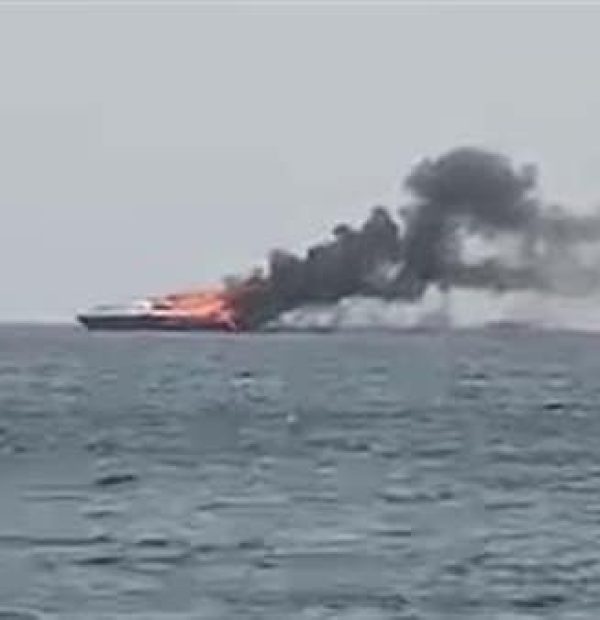
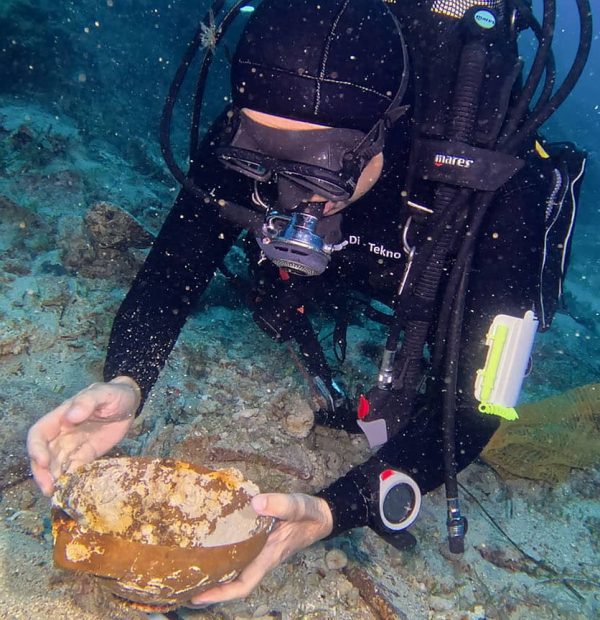

Welcome to DIVERS24.COM, your daily source of scuba news, freediving, scuba diving information, and equipment reviews. Our comprehensive coverage of the dive industry from A to Z provides you with all the latest scuba news, training updates, underwater photography tips, and everything else related to scuba diving. Whether you’re a beginner or an experienced diver looking for more knowledge about scuba gear or techniques – we’ve got it covered! With our in-depth articles written by experienced divers who have been there and done that, you are sure to find exactly what you need here at Divers24.com. Dive into scuba news today!
Underwater Media Sp. z o.o.
Szafarnia 11/F8,
80-755 Gdansk, Poland
Welcome to DIVERS24.COM, your daily source of scuba news, freediving, and scuba diving information. Sign in for a weekly news update and discount coupons for dive gear and apparel.
@2023 - underwatermedia.pl. All Right Reserved. Designed and Developed by Tworzenie stron internetowych Gdansk

The Divers24 portal is currently the largest online medium treating diving in Poland. Since 2010 we have been providing interesting and important information from Poland and around the world on all forms of diving and related activities.
Contact us: info@divers24.com